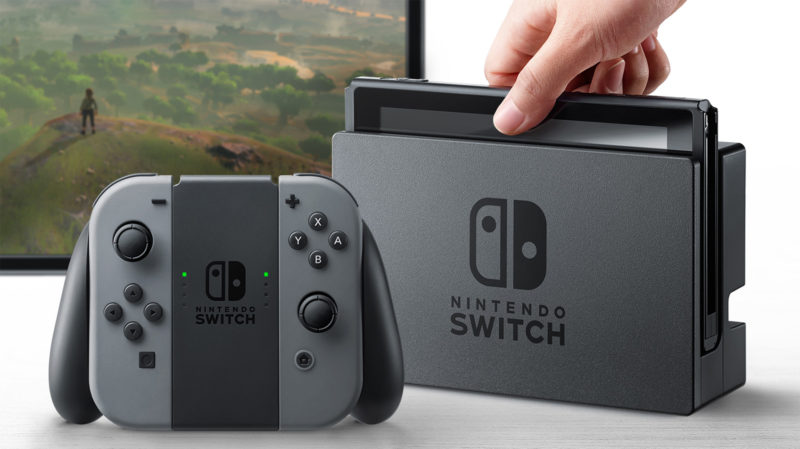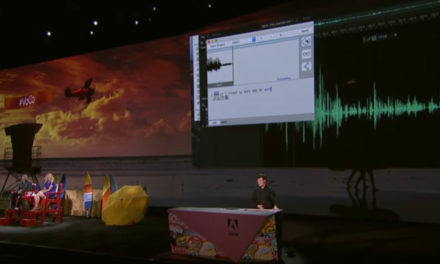This has been a rather exceptional (and very surprising) week in the world of video games. We received trailers for two new products, both of which are already guaranteed to take over the gaming space in 2017.
Here’s what you need to know.
An Industry Rockstar Returns
In case you’re living under a rock (or maybe just aren’t that interested), Rockstar Games officially announced Red Dead Redemption 2, the highly anticipated sequel to what many people consider to be the industry’s greatest achievement of the Xbox 360/Playstation 3 era. All we’ve seen is a sizzle reel of environments, possible box art, and a date, but that’s more than enough for most gamers.
The folks at Rockstar are known as the masters of open-world shooters/adventure games, releasing a new title every few years to critical acclaim and unimaginable financial gain.

There are already rumors of major publishers scrambling to reschedule game releases, desperate to beat out Red Dead Redemption 2 or get as far away from it as possible. It’s hard to imagine any game having that much control within the market, but I guess a comparable movie comparison would be anything branded “Star Wars”—if you run up against that kind of selling power, you’re guaranteed to be ignored, forgotten, or both.
If Grand Theft Auto 5’s continued success is any indication, Red Dead Redemption 2 is going to make a huge splash when it drops next fall.
Nintendo Decides to Switch Directions
Arguably the biggest news of the week, however, is the reveal of what the Nintendo NX actually is.
(And about time, too.)
But first, some backstory.
Nintendo has struggled of late. For a company known to be the godfather of video games, 2016 will be remembered as a year of rumors. Nintendo didn’t really show anything at E3 (the industry’s biggest expo) except a long demo for the new Zelda game, and they spent most of 2016 denying rumors about their next platform (codenamed “Nintendo NX”) and not releasing major titles. Gamers began to drift away from Nintendo, disappointed after investing into the WiiU and failing to receive any worthwhile return.
The disappointment of the WiiU is probably better saved for another editorial; the important detail is that Nintendo followed up the revolutionary Wii with the WiiU—a console with a tablet instead of a remote, no support from AAA developers, a handful of worthwhile games, and lots of gimmicks.
Let me put it this way: console generations tend to span anywhere from 5-10 years, but the most recent generation (Wii/PS3/X360) lasted 8 years. While both Microsoft and Sony are taking different routes to the “iterative console” ideology, Nintendo has remained a staunch advocate for the traditional “generation” method.
Well, Nintendo released the WiiU in November of 2013; it took about two calendar years before rumors of a new Nintendo console arrived, and three years in total before they announced their new system.
You better believe that Nintendo recognizes the overwhelming failure of the WiiU and the trouble that places them in
(Enter the Nintendo Switch)
Causes for Optimism
As the only hardware company with a strong grip on the handheld market, Nintendo has always claimed an unusual spot in video games development. The Nintendo Switch was expected to be a blend between a handheld and a hook-up-to-your-TV console, but no one really knew what it would look like.
Well, now we do.
The Nintendo Switch is the heir to both the WiiU (an abysmal failure) and the 3DS (an unmitigated success). Like the WiiU, the main component of the Switch is a tablet-type device—the bones and guts of the console, if you will. The controllers are, in effect, two miniature Wii remotes.

The “revolutionary” element is what you can do with these pieces, which is…well, pretty much anything.
(As a foreword, all of these details are pulled from the trailer. We have yet to see or experience a final product.)
The trailer (which is, admittedly, just a promo real) shows the Switch in a variety of environments, each one focused on an element of Nintendo’s main consumer base. Whether you are sitting on your couch with these two micro-remotes attached to a traditional controller or walking around with the tablet itself (again, with the remotes attached), you can transition between styles of gaming by simply removing the tablet from the dock and switching over the two remotes.

Another section shows two friends, each with a micro-remote, battling each other in Mario Kart. The visual image is reminiscent of the Wii, or even the NES days—a beautiful blend between the classic Nintendo controller and the advances of modern technology.
The point here is that Nintendo is combining the two facets of their company into one singular device, putting all of their eggs into one shared basket. That may seem risky from a business standpoint, but Nintendo has never shied away from doing something quirky in their efforts to innovate and stand out from the competition.
And there’s also the promise of heavy AAA support, with everything from Bethesda to FromSoftware to Square Enix to Ubisoft. At long last, it seems like Nintendo will be able to provide both the nostalgia-inducing masterpieces of their first-party titles alongside the best-selling products that release on other consoles.

There’s a lot to take in about the Nintendo Switch, and even more questions still to be answered. But the important takeaway—for all of us—is that Nintendo finally seems to have listened to their audience while pursuing the freethinking creativity that has guided them through almost thirty years of video games history.
At long last, there is reason for hope, Nintendo gamers.




